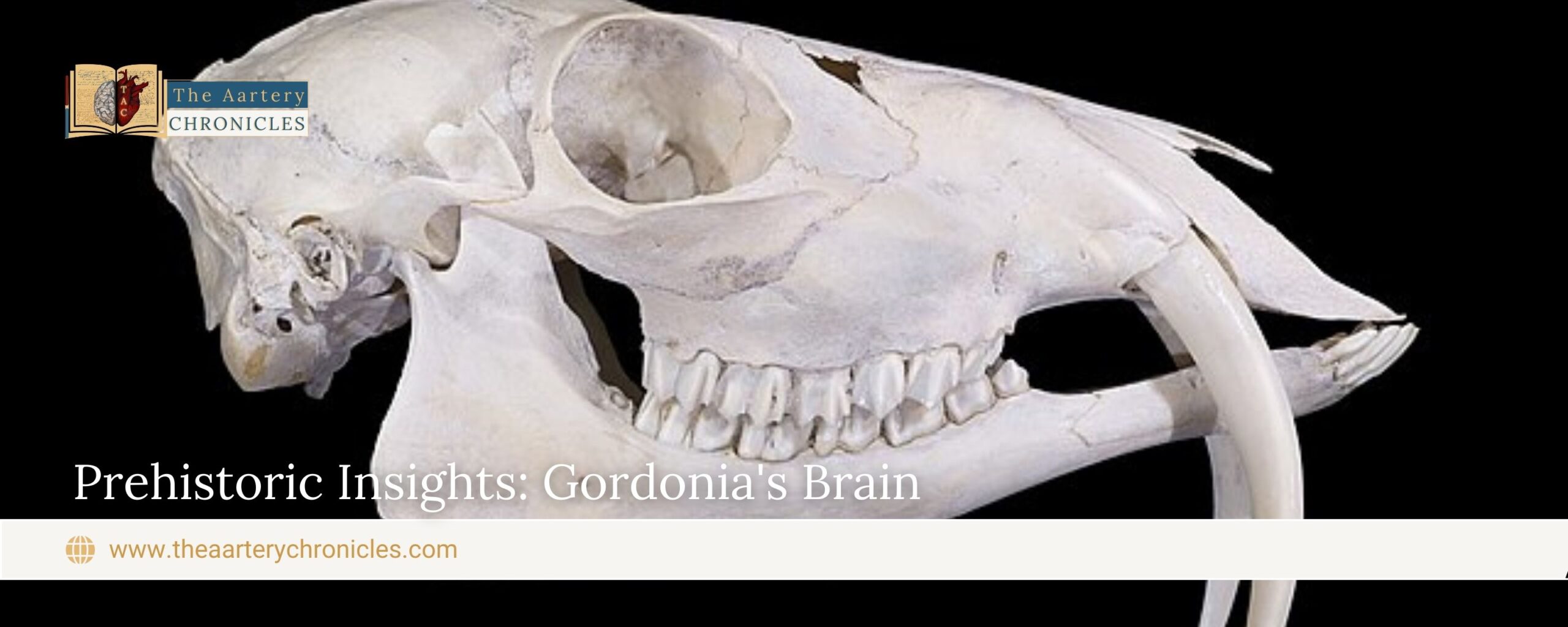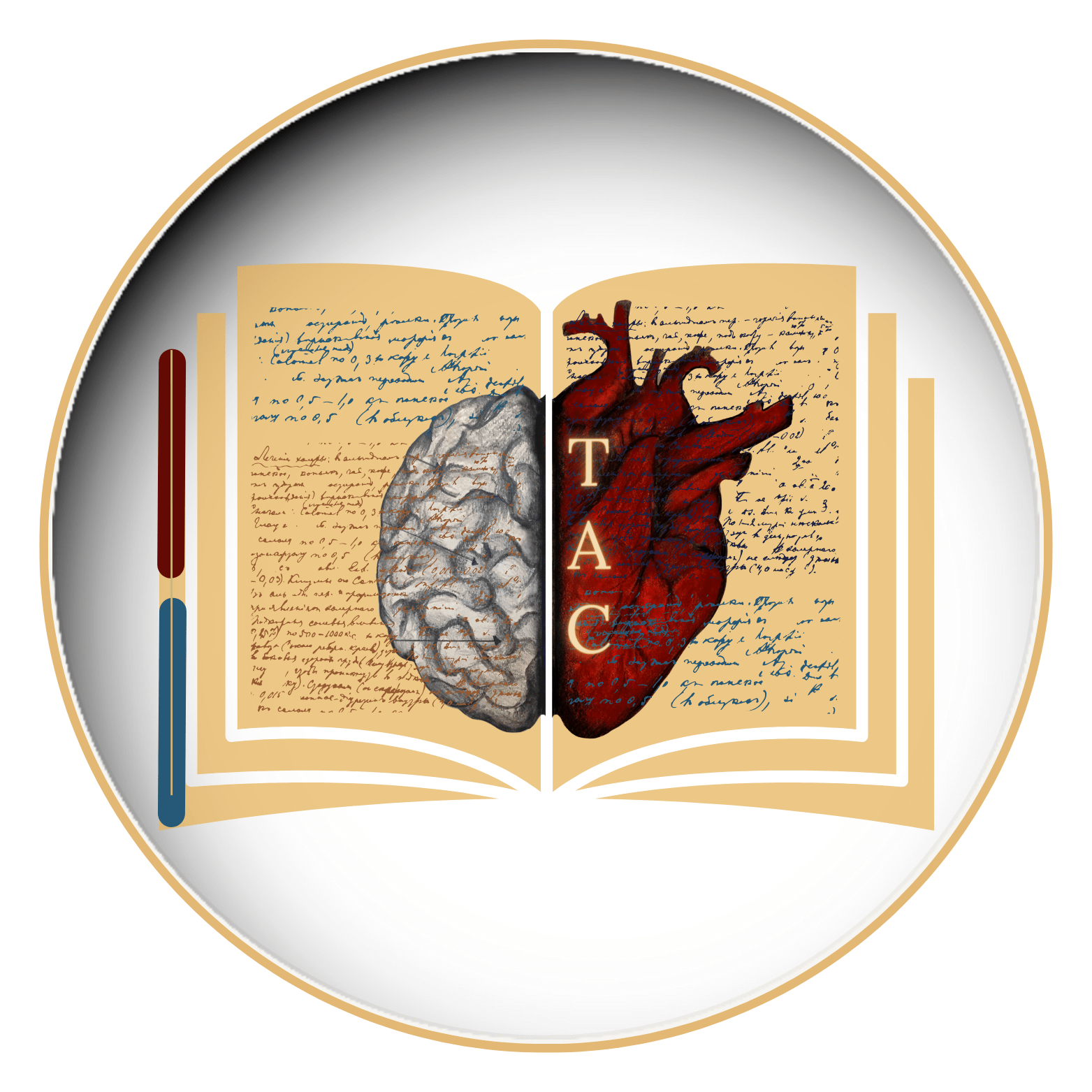
Prehistoric Insights: Gordonia's Brain
Overview
Over 250 million years ago, Scotland’s landscape was vastly different from today. Instead of the familiar mist and rain, it was a desert with sprawling dunes. One of the unique creatures inhabiting this harsh environment was Gordonia, a squat, pig-like protomammal with a pug face and two tusks protruding from its beaked jaws.
High-Tech Insights into Gordonia's Brain
Recent research using high-resolution, three-dimensional imaging on a Gordonia fossil has provided new insights into its brain structure. By creating a digital replica of its brain, scientists have gained valuable information about the brain’s size and composition during an early stage of mammalian evolution.
Brain Comparison: Gordonia vs. Modern Mammals
Gordonia’s brain was quite different from that of modern mammals. Despite being a predecessor of mammals, its brain resembled more of a reptile’s. According to Hady George, a palaeontology doctoral student at the University of Bristol and lead author of the study published in the Zoological Journal of the Linnean Society, Gordonia’s forebrain was proportionally much smaller than that of any mammal. The study also noted that an organ called the pineal body, responsible for metabolic functions, was very enlarged.
Evolutionary Significance
The shape of Gordonia’s brain differed significantly from modern mammals, appearing more like a long, arched tube rather than a large, balloon-like orb. Despite its odd shape, the brain was relatively large compared to its body size. Steve Brusatte, a palaeontologist from the University of Edinburgh and senior author of the study, highlighted that although measuring intelligence in extinct species is challenging, Gordonia would have been considered smart for its time. This brain size increase hints at the early evolutionary roots leading to the large brains found in modern mammals.
Physical Characteristics and Lifestyle
Gordonia was around three feet (one meter) in length and weighed around 45 pounds. It had a tall and wide head, and its squat, pig-like build included shorter legs. The combination of a beak and tusks suggests it had a herbivorous diet, particularly suited to plucking juicy roots from its desert habitat.
The Dicynodont Lineage
Gordonia belonged to a group of protomammals called dicynodonts, which first appeared around 265 million years ago and went extinct about 200 million years ago. Dicynodonts survived the Permian mass extinction event 252 million years ago, caused by significant volcanic activity in Siberia. However, Gordonia did not survive this event. The aftermath of this extinction saw the emergence of the first dinosaurs around 230 million years ago, with mammals appearing around 210 million years ago. These early mammals lived under the shadow of dinosaurs until an asteroid strike 66 million years ago wiped out the dinosaurs, allowing mammals to dominate.
Fossil Discovery and Significance
The Gordonia fossil, discovered in 1997, is preserved in a sandstone block that perfectly captures the skull and lower jaw. Hady George noted that Gordonia’s brain had very few similarities to modern mammal brains and lacked the unique features characteristic of mammals. This underscores the significant evolutionary changes the brain underwent to develop into the mammalian brains we recognize today.
Source: Inputs from various media Sources










